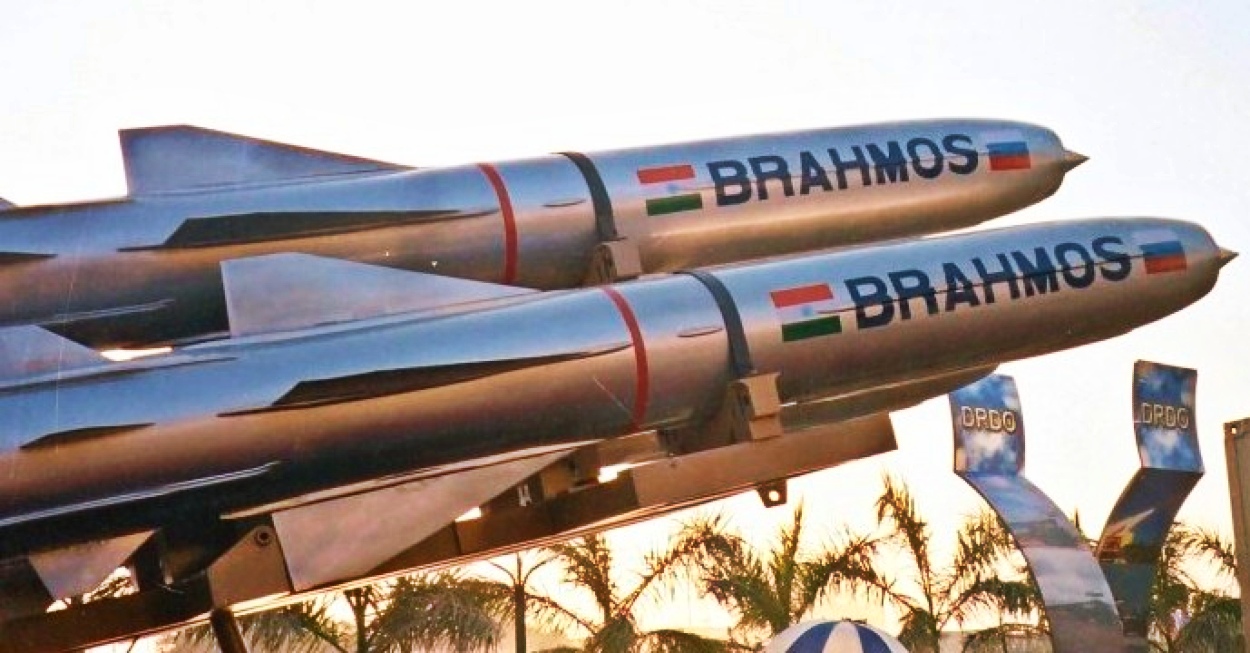Since Russia’s invasion of Ukraine began in 2022, the threat of nuclear conflict has been hovering over Europe. NATO countries have pushed past numerous self-imposed limits, fueling rhetoric in Russia that suggests a possible nuclear showdown.
Simultaneously, China, a key ally of Russia, has been swiftly increasing its nuclear arsenal, raising the threat of nuclear conflict, particularly amid escalating tensions with the United States in the Indo-Pacific area.
Therefore, recent discourse on nuclear threats has predominantly focused on China’s burgeoning nuclear capabilities, Russian threats, and the growing nuclear buildup in the United States.
However, a fresh perspective has emerged from a recent analysis by Shawn Rostker, a research analyst at the Center for Arms Control and Non-Proliferation, a US-based think tank.
In an article published on August 9 in The Diplomat, Rostker asserts that South Asia might represent a more immediate nuclear flashpoint than the well-documented tensions between China, Russia, and the US.
Rostker suggests that the intricate nuclear dynamics within the China-India-Pakistan triad present strategic risks and instabilities that may be even more dangerous than the current nuclear rivalries among the major global powers.
He emphasized that a quarter-century after the nuclearization of the South Asian subcontinent, the region is increasingly vulnerable to a nuclear crisis due to evolving nuclear postures, ongoing military-technological advancements, and intensifying strategic competition.
India, Pakistan, and China are actively modernizing their nuclear forces, driven by perceived threats from one another. China’s nuclear partnership with Pakistan and its own expanding arsenal exacerbate India’s security concerns.
Beijing’s nuclear growth primarily targets the United States but also significantly impacts India, further complicating the strategic equilibrium between India and China.
According to the Bulletin of Atomic Scientists’ 2024 Nuclear Notebook, China currently possesses approximately 500 nuclear warheads, with ongoing production aimed at equipping future delivery systems. Among the nine nuclear-armed nations, China’s arsenal is expanding at one of the fastest rates.
Rostker highlighted two critical incidents from recent years that underscore this growing danger. The first was the Pulwama-Balakot crisis of 2019, where India and Pakistan came perilously close to direct military confrontation.
Last year, Former US Secretary of State Mike Pompeo revealed in his memoir that he does “not think the world properly knows just how close the India-Pakistan rivalry came to spilling over into a nuclear conflagration in February 2019”.
The second event was the BrahMos cruise missile incident in 2022. Rostker said, “The 2022 BrahMos cruise missile incident marked the first time in history that a nuclear-capable cruise missile of one nuclear-armed state struck another.”
According to the US-based research analyst, the two incidents were resolved not through strategic foresight but rather by both parties identifying off-ramps that enabled them to present their departure as a type of victory.
Expert Slams ‘Inaccurate’ Analysis
Shawn Rostker’s recent article has ignited a discussion about whether South Asia is more susceptible to nuclear conflict than Europe or the Indo-Pacific. The discussion is partly fueled by certain omissions in Rostker’s analysis, which has painted South Asia’s strategic stability as particularly fragile.
‘Raptor Salad’ For Lunch! US F-22 Raptor Outgunned, Outmaneuvered By German Eurofighter Typhoon?
It is indeed notable that Asia—comprising India, Pakistan, and China—stands out as a region where three nuclear-armed states have engaged in violent confrontations along contested borders in recent times.
This situation has raised concerns about the region’s stability. However, the mere presence of nuclear weapons and advanced delivery systems does not necessarily signal an impending crisis.
China, India, and Pakistan view their nuclear arsenals primarily as deterrents. These weapons are intended to dissuade adversaries by highlighting the severe consequences of potential conflicts rather than serving as tools for direct warfare.
Vijainder K Thakur, an India-based military analyst, criticized Rostker’s analysis for inaccuracies and alleged biases. Thakur said that the portrayal of South Asia’s nuclear stability as precarious is flawed.
For instance, he pointed out that the BrahMos missile, mentioned in Rostker’s article as a nuclear-capable weapon, is not designed for nuclear use.

He added that an incident involving an accidental launch of this missile during an Indian Air Force exercise was managed professionally by both India and Pakistan without escalating tensions or posing a nuclear risk as suggested.
Thakur also disputed the claim that the raising of nuclear alert levels by India and Pakistan following the Balakot strike was a significant sign of instability.
He compared this to routine alert adjustments seen during strategic exercises by other nations and argued that India and Pakistan managed these situations more effectively than the US has managed its involvement in Ukraine.
Additionally, Thakur addresses what he perceives as a racist undertone in the argument that India and Pakistan might handle nuclear tensions less adeptly than Western countries.
He suggested that such views imply a belief in the superiority of Western nations in managing crises compared to their South Asian counterparts. Thakur noted that this viewpoint is ironic, considering the United States’ part in increasing global tensions.
Thakur criticized the US for its direct involvement in the Ukraine conflict, providing weapons, intelligence, and personnel to support Ukraine’s military efforts against Russia.
He pointed out that US missile strikes on Russian targets are guided in real-time by US and NATO assets, and even US personnel are actively overseeing missile launches. Thakur argues that this involvement intensifies global nuclear tensions and prompts scrutiny of the US’s nuclear strategies.
While South Asia possesses a unique and complex nuclear landscape, any discourse concerning its susceptibility to other regions must consider the broader strategic context and the specific dynamics at play.
- Contact the author at ashishmichel(at)gmail.com
- Follow EurAsian Times on Google News




